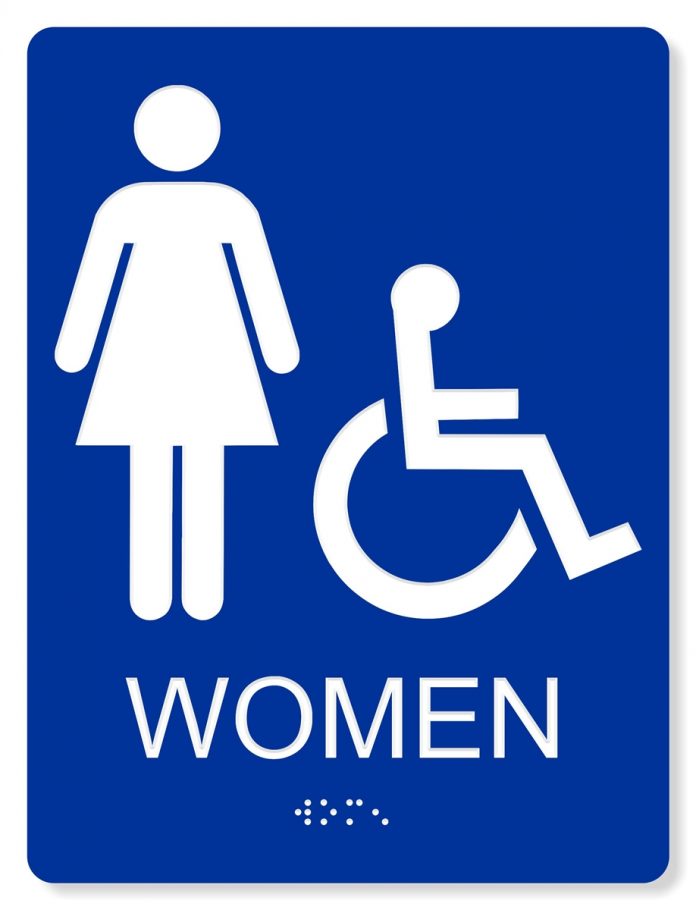In the developed nations, the availability and access to toilets are taken for granted. It is part of humanity and civilization. People are usually expected to have access to safe conveniences and other facilities when they need them.
If one is female, imagine being afraid every time one needs to use the toilet. The fear comes from the possibility of either being attacked in the toilet or contacting a disease from the unsafe facility. To say the least, this type of situation can be harrowing.
For more than 1 billion women and girls around the world, those fears are real. According to WaterAid, an international non-profit group, that promotes clean water, decent toilets and good hygiene, many women in the developing countries do not feel safe going to the bathroom, especially when they visit relations in the rural areas.
WaterAid’s Regional Advocacy Manager for Southern Africa, Chilufya Chileshe, attributes this to the need for basic dignity and safety for women. In her words, “There is a huge amount of burden on them and when it comes to open defecation, for instance, so many communities in the developing countries don’t have decent toilets and the women are forced to use the bush, just like their male counterparts. And there is fear of rape and sometimes death.”
Girls are most likely to miss classes if they are menstruating especially in schools that do not have private toilets. Or, they will miss school altogether if they do not feel safe.
Let us take a recent case in Nigeria. A thirty-six year old lady, Ladi Mathias, was displaced by the Boko Haram crisis. She now lives in one of the Internally Displaced People’s camp in Kuchingoro, near Nigeria’s capital city, Abuja. Since the public toilets are out of order in the camp, she is now forced to use the bush. As Mathias unashamedly puts it, “It’s not a pleasant situation to defecate in the bush. At night, it’s quite scary”. She said the problem is not very visible.
But it does not have to be this way. People in civilized societies talk a lot about access to water and the challenges of rural folks trekking long distances, especially women walking long distances carrying buckets, pots and jerry cans. But such people who talk about access to water often do not think about the level of sanitation involved and the situation the women face.
But as Miss Chilufya says, governments have tried to address the problem of people defecating in the open although improvements have been slow. Between 2005 and 2015, the number of people defecating in the open dropped from 1.2 billion to 892 million. According to the organization, WaterAid, India accounts for the vast majority of those people — with 732 million people living without toilets. Africans may appreciate this but most Westerners wonder why this kind of situation continues to exist in this age.


















